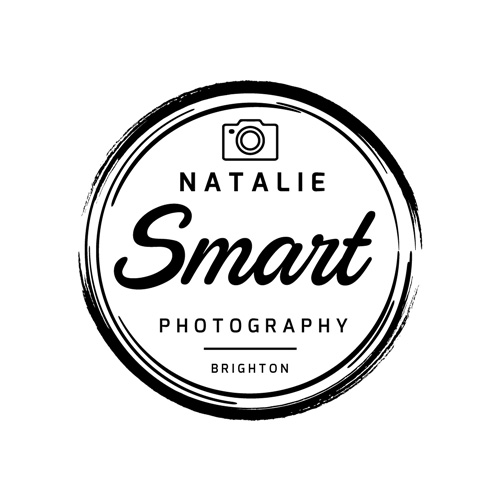I recently learnt that a majority of people who produce their own silver gelatin prints in the darkroom have to re-touch their photos.
Unfortunately, no matter how much care I take in keeping my darkroom environment as dust free as possible, it seems to be inevitable that dust marks still show on my prints.
The main issues I’m having with dust in my prints are largely down to using a Condenser enlarger (the Durst DA900) which show up any spec of dust so will need spot retouching afterwards.
There is also another type of enlarger called a diffuser enlarger and these types of enlarger give a slightly softer image than a condenser enlarger but they also don’t show up the dust the way a condenser enlarger does.
Since I belong to a community darkroom with only one enlarger, I don’t have the choice of being able to use the diffuser type of enlarger. However, I do like the enlarger I currently use due to the sharpness of the images it produces.
After researching online about how to avoid such marks, I realised that I would need to look at retouching them myself after the final stage of printing and drying.
I found some paints by Fotospeed which are made specifically for this purpose in black and white photos.
I also learnt that a sable hair brush would be best for applying the paint to the photos and I decided to use a 000 sable hair brush which I purchased from my local art store as I figured a finer brush would be more subtle for spotting/retouching my prints.
I unfortunately couldn’t find much information about the best way of applying the paint to my photos, although I did find one video on youtube but it wasn’t using the particular brand of paint I’m using.
I recently printed this Windmill photo which I took in Rye, East Sussex using my Hasselblad 500 C/M camera and Fomapan 200 black and white film.

As you can see, the sky is very grey in this photo and there are quite a few marks due to dust in the print. I therefore thought this would be a good print to test out the retouching technique.
The photo is printed on Ilford Resin Coated Multigrade IV Pearl paper and I printed a couple of copies to help me practice.
I learnt from the youtube video I watched that it’s best to put out the paints onto a white ceramic plate then slowly mix/blend until the shades match the part of the photo I’m trying to re-touch and apply the paint.
This actually was quite difficult to do on my first attempt and I’m not overly impressed with the results:

You’ll see that I’ve been quite heavy handed in areas and the paint is darker than I would have liked.
I’ve realised that whilst I started the process slowly, I began to get a little impatient and when I wasn’t seeing much progress in adding the paint, I started to make it darker too quickly which I think was my big mistake.
I also think I picked quite a difficult photo for my first attempt since there were quite a lot of marks on it to re-touch.
I still need to do some more research into the best way of retouching my final prints and I definitely need to practice a lot more to hopefully reach a skill level where I’m happy with the standard of the print re-touch.


Natalie, are you using a cover when your enlarger is not in use?
LikeLiked by 1 person
Yes there is a cover put across it when not in use 👍
LikeLike
you have way more patience than I!
LikeLiked by 1 person
Thank you 😂
LikeLike
Looks difficult, perhaps one of the drawbacks of using a community darkroom. I have this dream of setting up my own…..
LikeLiked by 1 person
Perhaps one day I will set up my own too….this is a great starting point for me though 👍
LikeLike
I love that you do darkroom stuff! I never developed (no pun intended) a love for it sadly. I am too impatient hah.
LikeLiked by 1 person
It certainly takes a fair bit of patience and learning 😂
LikeLike
This is probably a little late as you may have figured it out by now.
Put small amounts of ink as several blobs in your dish (artist multichannel dishes are good) add a very!! small amount of film wetting agent to your water. Mix each blob of ink to the desired colour (I use a reject print for this) then cover the dish and let the ink dry.
When retouching, use an almost dry brush and dab it onto the dry ink, then just touch the white spot continuously until just slightly lighter than you think it should be. let it dry and go over again if needed, less is more when retouching. The spotted photo is not viewed normally at less than 12in and probably behind glass.
If doing gloss prints, artists gum arabic can be added to the mix as it will give a slight sheen to the ink.
Chinese coloured ink sticks are great for spotting toned prints, just dab damp brush on stick.
Hope this will help.
LikeLiked by 1 person